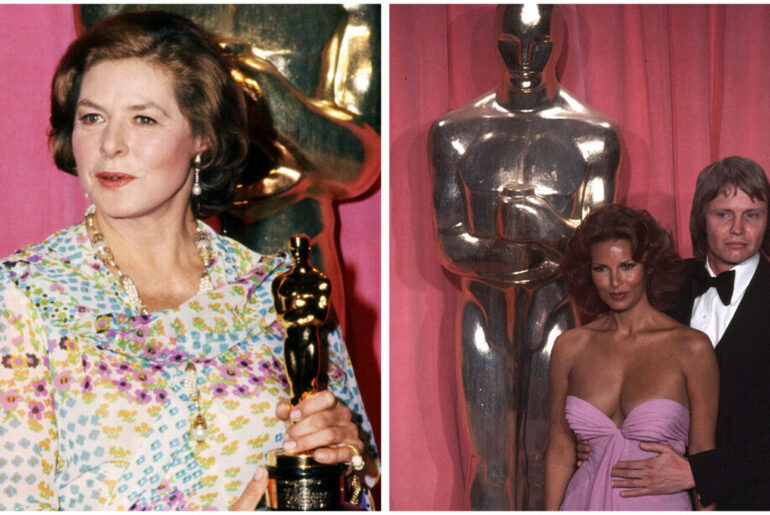Looking back at the golden age of the Oscars, especially during the 1970s, evokes a deep sense of nostalgia. The era captured a unique charm, transporting viewers to a time when Hollywood seemed to represent pure glamour, elegance, and sophistication. Reflecting on old photographs from this period stirs emotions, as these images embody not just a bygone Hollywood, but also a distinct version of America itself.
During that time, the Academy Awards ceremony had an air of grandeur that felt genuine. Celebrities exuded a sense of class and sophistication, commanding the screen with an aura that remains unmatched by today’s standards. They weren’t just entertainers; they were icons whose presence alone demanded attention. As we reminisce about the stars of that time, it is sobering to realize how many of them are no longer with us, a poignant reminder of the fleeting nature of life.
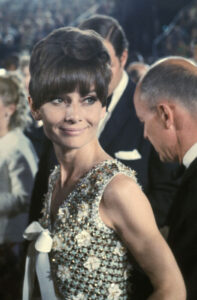
It was once easy to follow every nominee, every film, and every song that made waves in the entertainment world. There was an intimate connection between the audience and Hollywood’s elite, making the Oscars a must-watch event. Fast forward to today, and it feels as if that connection has been lost. The dazzling allure of the ceremony has diminished for many, who struggle to keep up with the changing landscape of cinema and stardom.
One photograph from the 47th Academy Awards in 1975 has resurfaced recently, sparking intense conversations. This image has captivated social media, inviting both admiration and controversy. The snapshot transports us back to a time when celebrities appeared larger than life, but also reminds us of the complexities that simmered beneath the glamorous exterior of Hollywood.
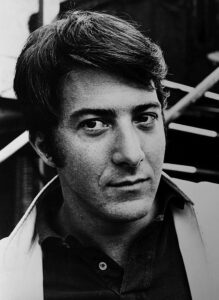
Dustin Hoffman was one of the stars of that evening. Known for his brilliant performance in Lenny, a biographical film about comedian Lenny Bruce, Hoffman was nominated for Best Actor at the ceremony. However, his relationship with the Academy was anything but celebratory. Hoffman was outspoken in his disdain for the Oscars, famously labeling the event as “ugly” and “grotesque.” To him, the Academy Awards were nothing more than a glorified beauty contest, a spectacle that he found embarrassing.
Hoffman’s sharp criticism became a talking point before the ceremony, and his refusal to buy into the Hollywood pageantry was echoed by others. Host Bob Hope, known for his wit, took a jab at Hoffman, saying that if he won, someone else would collect the award on his behalf, referencing George C. Scott’s similar rejection of an Oscar in 1971. While Hoffman didn’t take home the award that night, his presence was deeply felt, and he remained a central figure in the evening’s drama.
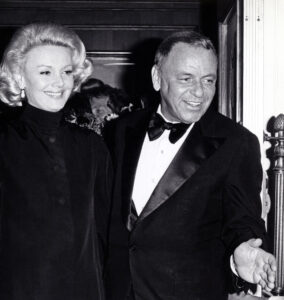
Another star of that night was Frank Sinatra, a beloved figure in Hollywood with a reputation for his suave charm. However, the 1975 Oscars were not Sinatra’s finest moment. The reviews of his performance as host were far from flattering. Renowned film critic Roger Ebert described how the audience even booed Sinatra during the show. Struggling through his lines, Sinatra made a series of tasteless remarks, particularly aimed at his fellow Italian-Americans. The evening turned awkward, and what was supposed to be a night of glamour took a sharp turn into discomfort.
Yet, the most politically charged moment of the night came from documentary filmmaker Bert Schneider. When he took the stage to accept the Oscar for Hearts and Minds, a documentary about the Vietnam War, Schneider couldn’t resist addressing the political climate of the time. With the war nearing its end, Schneider read a telegram from Viet Cong Ambassador Dinh Ba Thi, thanking the anti-war movement for their efforts toward peace. The political statement caught everyone off guard and angered Bob Hope, a staunch supporter of the war.
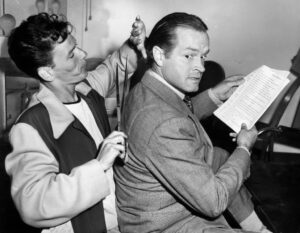
In response, Hope had Frank Sinatra read a message distancing the Academy from Schneider’s comments, stating that the organization was not responsible for any political references made during the event. This rebuttal did not sit well with some of Hollywood’s prominent figures. Shirley MacLaine and Warren Beatty, both co-hosts of the event, fired back sarcastically, criticizing Sinatra and Hope for their heavy-handed response. Beatty, known for his progressive politics, delivered a biting retort, and MacLaine added her own discontent by pointing out that Sinatra’s statement did not reflect the views of every Academy member.
As the night unfolded, another powerful moment came when Ingrid Bergman, the legendary Swedish actress, won the Best Supporting Actress Oscar for her role in Murder on the Orient Express. Despite receiving a standing ovation, Bergman’s acceptance speech was filled with humility. She expressed that she felt undeserving of the award, praising fellow nominee Valentina Cortese instead. Bergman’s win was seen by some as Hollywood’s way of reconciling with the actress after shunning her for her affair with director Roberto Rossellini years earlier.
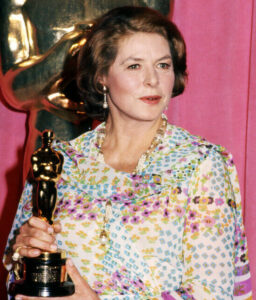
These moments from the 1975 Academy Awards highlight how complex the event truly was, blending Hollywood’s glamour with underlying political and personal tensions. The evening had everything: elegance, iconic stars, and even moments of controversy that reflected the larger societal issues of the time. Films like The Godfather Part II dominated the night, but it was the candid remarks, political speeches, and uncomfortable exchanges that linger in the collective memory.
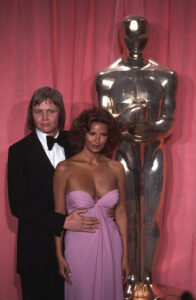
The photo from that night that has resurfaced features two stars who embodied the allure of the era—Jon Voight and Raquel Welch. Dressed impeccably, Voight in a classic black tuxedo and Welch in a striking pink gown, the two presented the award for Best Cinematography. However, what might have been a simple photograph of Hollywood royalty has sparked mixed reactions. While many admire the image for its depiction of the stars’ undeniable presence, some have found Voight’s pose uncomfortable, accusing him of inappropriately touching Welch.
The discourse surrounding this image reflects how societal norms have shifted over the decades. What might have been seen as harmless in the 1970s is now scrutinized with a more critical lens. Some argue that the image is a product of its time, while others believe it illustrates issues of consent and discomfort that have long existed but were not openly discussed back then.
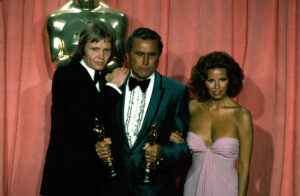
In the end, the 1975 Academy Awards stand as a poignant reminder of a Hollywood that was as glamorous as it was complicated. While the stars shone bright on the red carpet, behind the scenes, there were moments of tension, politics, and personal conflicts that shaped the evening. Looking back, these awards ceremonies represent more than just the celebration of cinema—they are a reflection of the cultural and political landscape of the time, encapsulating the hopes, challenges, and changes that have defined Hollywood for generations.

